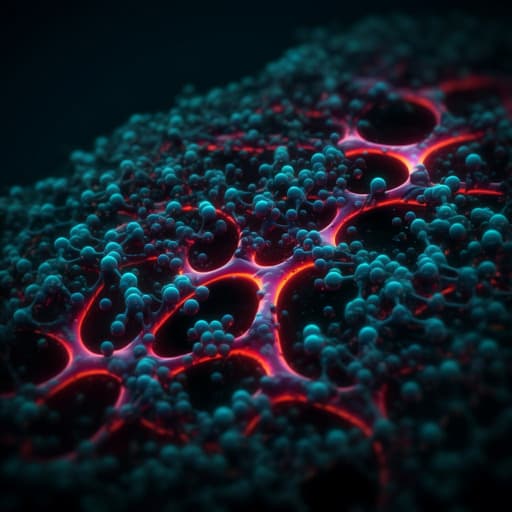
Medicine and Health
Comprehensive analysis of atherosclerotic plaques reveals crucial genes and molecular mechanisms associated with plaque progression and rupture
J. Wang, S. Xu, et al.
This study unveils critical insights into atherosclerotic plaque rupture, a leading cause of acute cardiovascular events. By analyzing gene expression data, the authors have identified key gene signatures and molecular mechanisms linked to plaque progression. Notably, three hub genes demonstrated strong potential for diagnosis in patients with plaque rupture. This groundbreaking research was conducted by Junjun Wang, Suowen Xu, Wuqiang Zhu, Jibo Han, Fei Chen, Zhu G, Gao Y, Qian J, Lai Y, Lin H, Liu C, Chen F, Liu X, Guoqi Zhu, Yanhua Gao, Jun Qian, Yan Lai, Hao Lin, Chengxing Liu, and Xuebo Liu.
~3 min • Beginner • English
Related Publications
Explore these studies to deepen your understanding of the subject.







